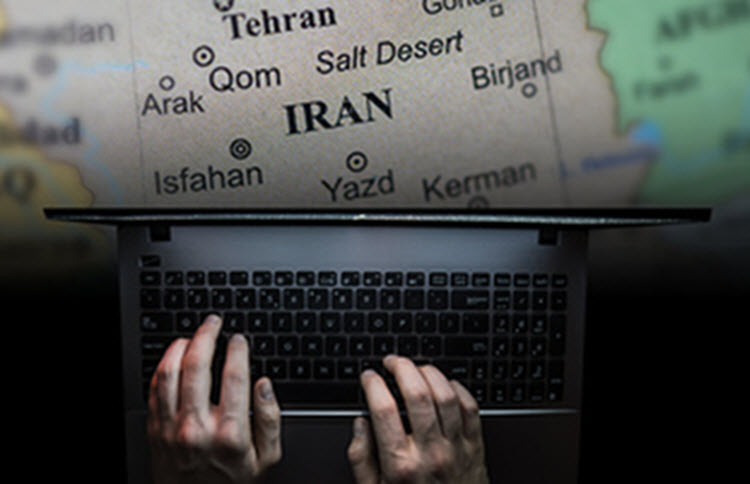

President Trump called off a bombing attack on Iran on June 20 because he was “shocked” at 150 projected casualties.
He then called on the U.S. Cyber Command to conduct a series of attacks against that country. Virtual attacks on command and control systems can cause as much infrastructure damage as physical attacks but are not nearly as obvious.
It is hard to believe Trump’s motivation was “humanitarian.” He has approved deadly military attacks all over the Middle East, such as the missile strikes against Syria in 2017 and 2018. His policies on refugees have led to hundreds of deaths on the U.S. Southern border.
A Pentagon spokesperson said the cyber attacks were undertaken because Iran shot down a U.S. drone flying in its airspace and was responsible for attacks on tankers passing through the Strait of Hormuz.
Iran pointed out that it had every right to shoot down any military aircraft violating its airspace. It denied responsibility for the tanker attacks.
Mohammad Javad Azari Jahromi, Iran’s minister for information and communications technology, commented about the cyberattack on Twitter: “They try hard, but have not carried out a successful attack.”
He added, “Media asked if the claimed cyber attacks against Iran are true. Last year we neutralized 33 million attacks with the (national) firewall.”
In 2010, the Stuxnet virus was introduced into the network of computers controlling the enrichment of uranium in Natanz, an Iranian city about 250 miles south of Tehran. Stuxnet, a very sophisticated piece of code, caused the centrifuges processing the uranium to spin out of control, while the system reported the process was working within its limits.
According to security experts, Stuxnet was most likely written by a team of programmers working for either the U.S. or Israel or both. Some of its variants have been used to attack computers controlling electrical grids.
Iran’s foreign ministry spokesman, Abbas Mousavi, said Iran’s cyber defense system was strong, and Iran could legally pursue cyber aggression in international courts.
Under the terms of the nuclear agreement from which Trump withdrew the U.S. in May 2018, Natanz is still allowed to process uranium.
The U.S. withdrawal and re-imposition of heavy sanctions on Iran have increased tensions in the Middle East. Secretary of State Mike Pompeo recently claimed that these sanctions were driving Iran to the bargaining table.
But Iranian Foreign Minister Mohammad Javad Zarif said that Iran would first have to see the United States rejoin the nuclear treaty and lift its new sanctions.
This statement was recently issued by over 30 groups. On Friday, March 28, Dr. Helyeh…
When Donald Trump announced massive tariffs on foreign imports April 2, Wall Street investors saw…
The century-long struggle to abolish the death penalty in the U.S. has been making significant…
Download the PDF May Day appeal to the working class Revolutionary change is urgent! Gaza…
Philadelphia On March 26, the Pennsylvania Supreme Court denied political prisoner Mumia Abu-Jamal permission to…
There are two important and overlapping holidays on April 22: Earth Day and Vladimir Lenin’s…